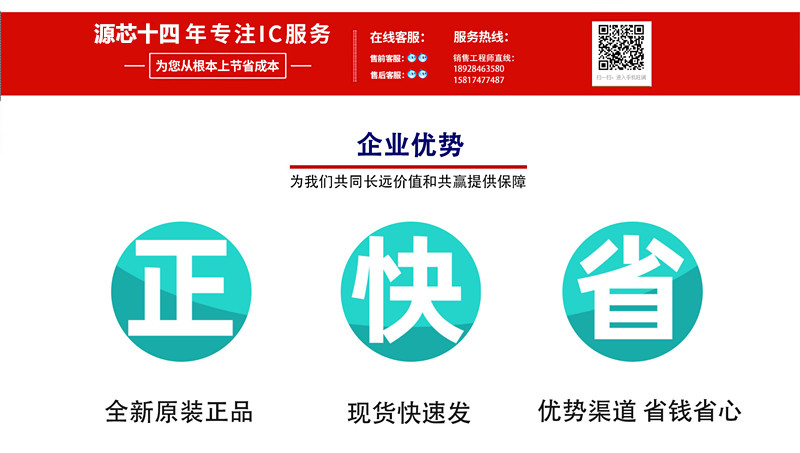When it comes to silicon carbide (
SiC), people‘s first reaction is its performance advantages, such as electrical (lower impedance/higher frequency), mechanical (smaller size), and thermal properties (higher operating temperature), which are very suitable for manufacturing many high-power electronic devices; If it comes to applications, most people will say that their costs are too high and it will take time to promote them. In fact, SiC devices have begun to replace silicon in some applications with performance, efficiency, volume, heat dissipation, and even system cost requirements.http://www.ic-bom.com/
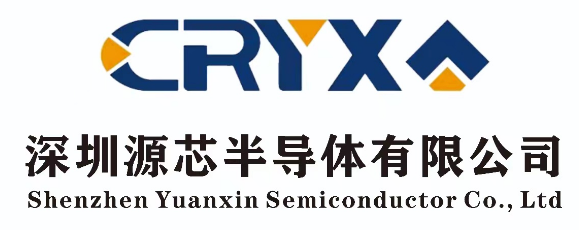
Indeed, in terms of the device itself, silicon carbide devices of the same specification are three to five times more expensive than single silicon devices. However, on a single wafer, the size of silicon carbide can be made very small, and the average cost of each device will be reduced. In addition, as yield increases and larger wafers are adopted, there will be more silicon carbide devices that can be cut out of a single wafer. Moreover, in the face of growing market demand, many silicon carbide manufacturers, including wafer fabs, have realized the need to expand investment and increase production capacity to seize market opportunities.
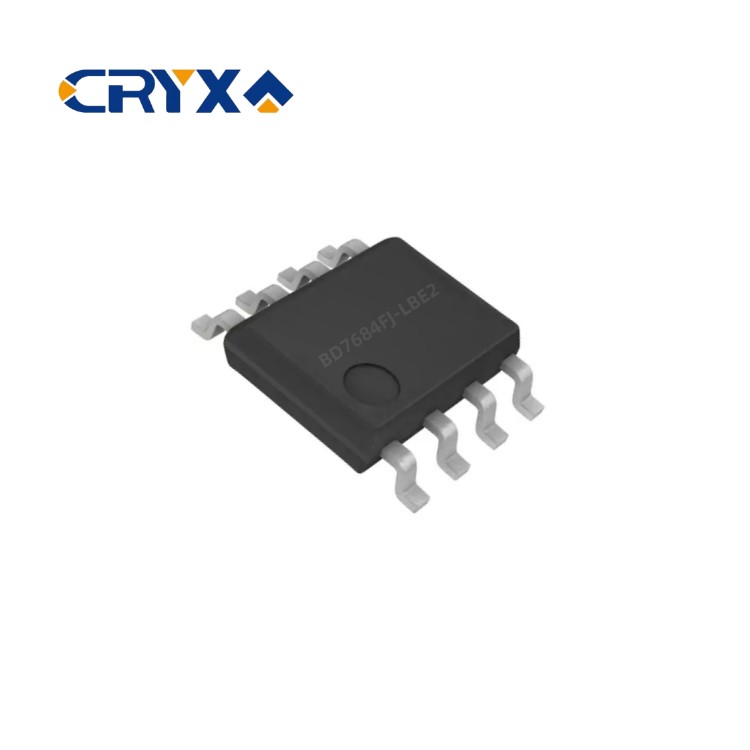
How to solve the cost problem of SiC itself? Giovanni Luca Sarica replied, "As the manufacturing scale increases and SiC technology improves, the cost gap between SiC and silicon is narrowing, which is lower than the data calculated by independent analysis institutions a year ago. Importantly, compared to silicon based devices, the cost advantage of SiC is not in the device itself, but in the overall system cost, which can save a lot of money for suitable applications.
The automotive market is undoubtedly the most important driving force for silicon carbide, and comparing the cost of silicon carbide devices and silicon devices alone is not feasible. Director of the Technology Center of ROHM Semiconductor (Beijing) Co., Ltd., Takashi Suhara, stated: The economic benefits of using SiC inverters for electric vehicles are evident. Utilizing SiC can improve inverter efficiency by 3% -5%, reduce battery capacity, size, and cost, while also reducing the total cost of electric vehicles. Due to the thermal performance of silicon carbide, manufacturers can also reduce the cost of cooling powertrain components, which has a positive impact on the weight and cost of electric vehicles
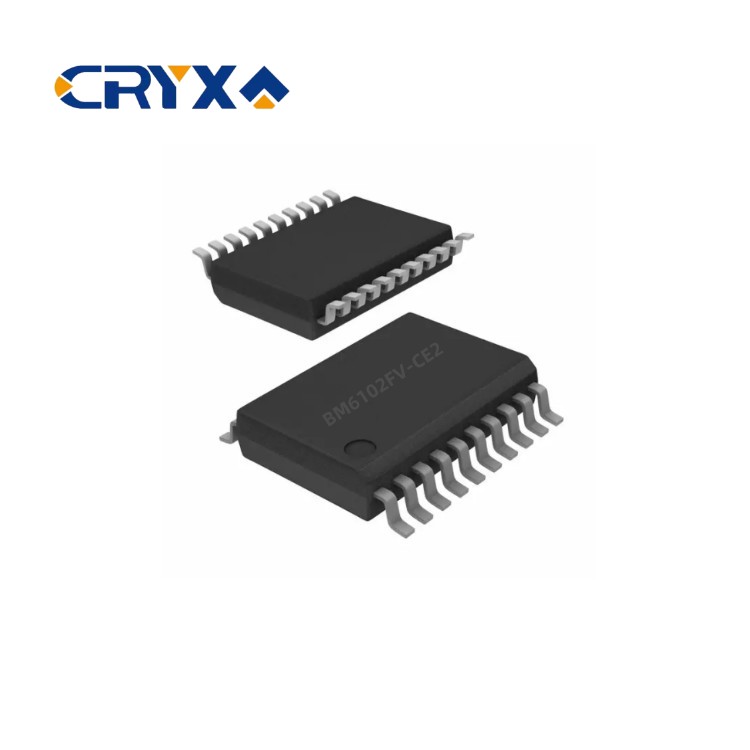
Following closely behind is the electric vehicle fast charging station, where the cost and performance advantages of using SiC are being reflected. The growth of the electric vehicle market has brought opportunities for establishing supporting infrastructure for charging stations. Market Insights, a market analysis firm, estimates that the compound annual growth rate of the electric vehicle charging pile market will exceed 38% between 2019 and 2024.http://www.ic-bom.com/
In the future, fast charging stations will be connected to the smart grid, so the current may be bidirectional. Compared to silicon, using silicon carbide devices can achieve this more easily. A fast charger may also provide additional features such as entertainment and e-commerce or e-retailing services, while quickly charging up to four electric vehicles.
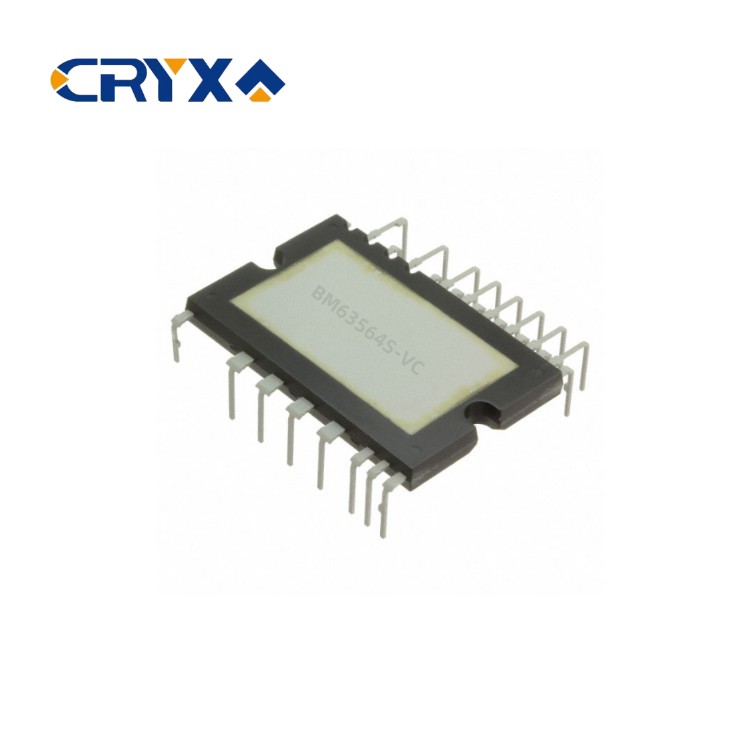
Today, silicon carbide devices have taken the lead in applications sensitive to efficiency, power density, and system cost. The advantage of SiC MOSFET is that it does not need to be connected in series like IGBT to increase unit power; DC/DC circuits using SiC MOSFETs can greatly simplify circuit topology design, reduce the number of components, narrow the distance between passive components, and simplify control and driving circuits; In addition, it can also reduce the size and cost of magnetic components. Although the current price of silicon carbide devices is still relatively high, its advantage of saving the entire system cost is gradually being reflected.
In summary, due to the reduction of power loss, energy efficiency, and application advantages, silicon carbide devices are making system design more compact, cost-effective, and their permeability is also significantly increasing.http://www.ic-bom.com/
